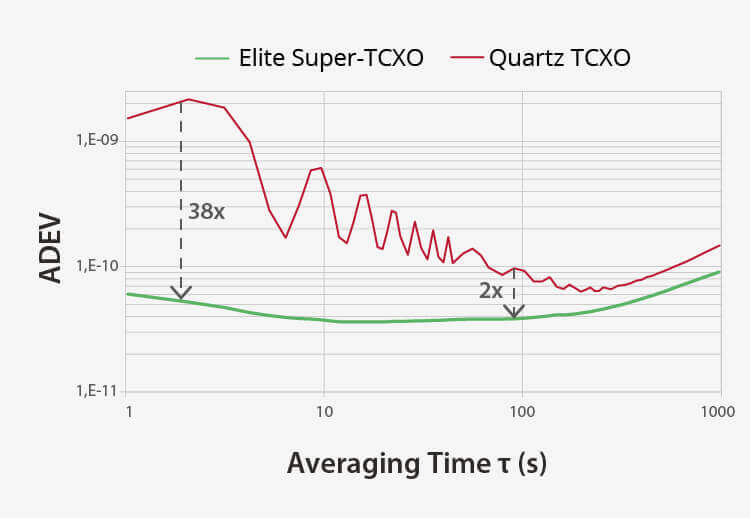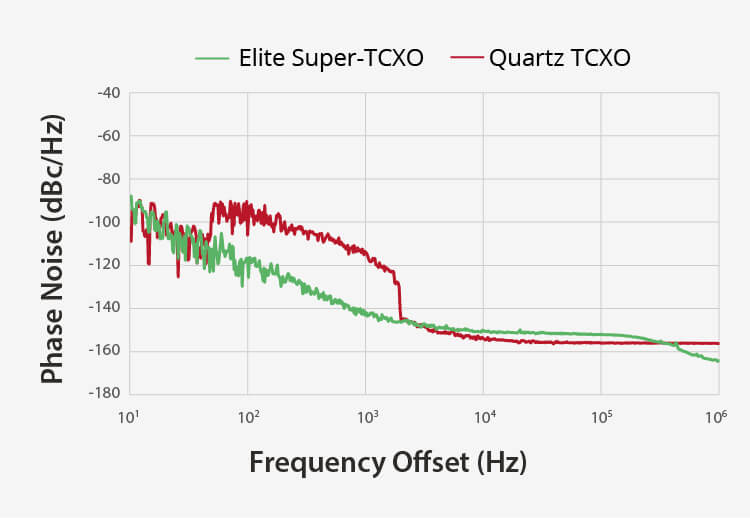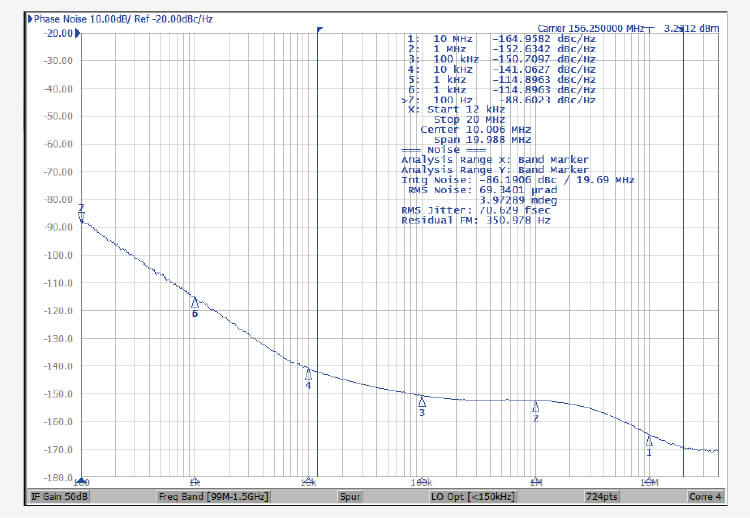MEMS Timing for Fixed Wireless Access (FWA)
| Devices | Key Features | Key Values |
|---|---|---|
|
Network Synchronizer
SiT95148 1 to 220 MHz
|
|
|
|
Super-TCXO
SiT5501 [2] 1 to 60 MHz
|
|
|
|
Differential Oscillators
SiT9375 25 to 644.5 MHz, 70 fs Integrated Phase Jitter [1]
SiT9501 25 to 644.5 MHz, 150 fs Integrated Phase Jitter [1]
|
|
|
|
Clock Generator
SiT91211 1 to 750 MHz, 200 fs Integrated Phase Jitter [1]
SiT91213 1 to 750 MHz, 90 fs Integrated Phase Jitter [1]
|
|
|
[1] 12 kHz to 20 MHz integration range; [2] Contact SiTime for higher frequencies.






